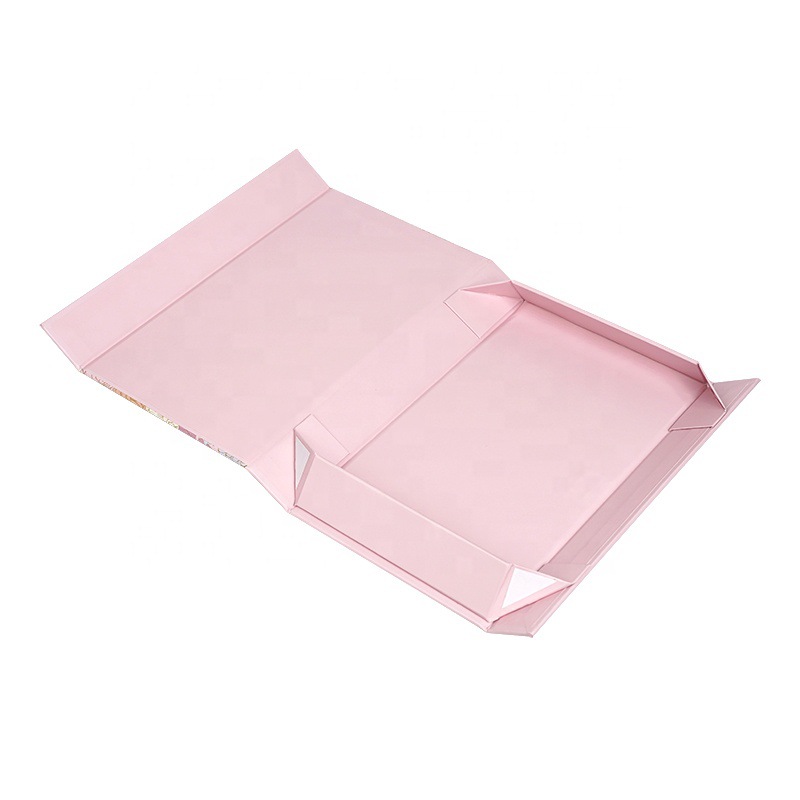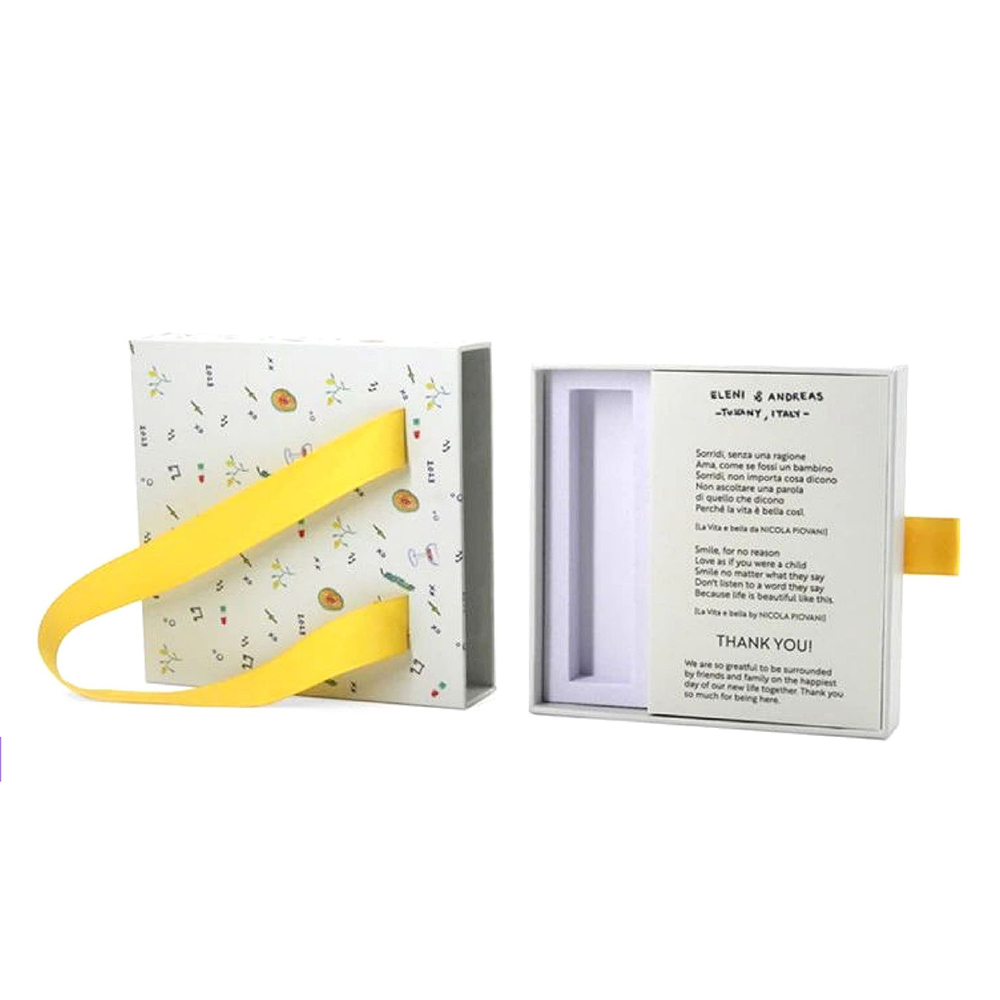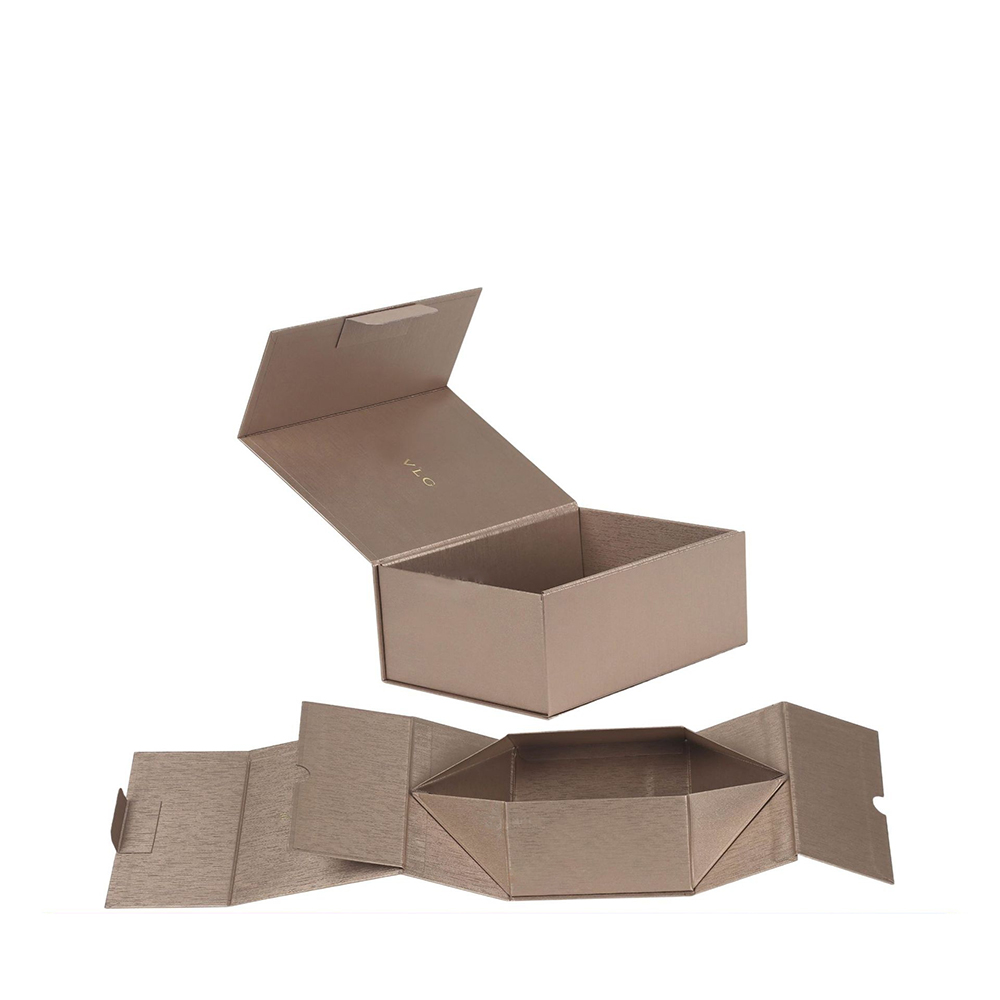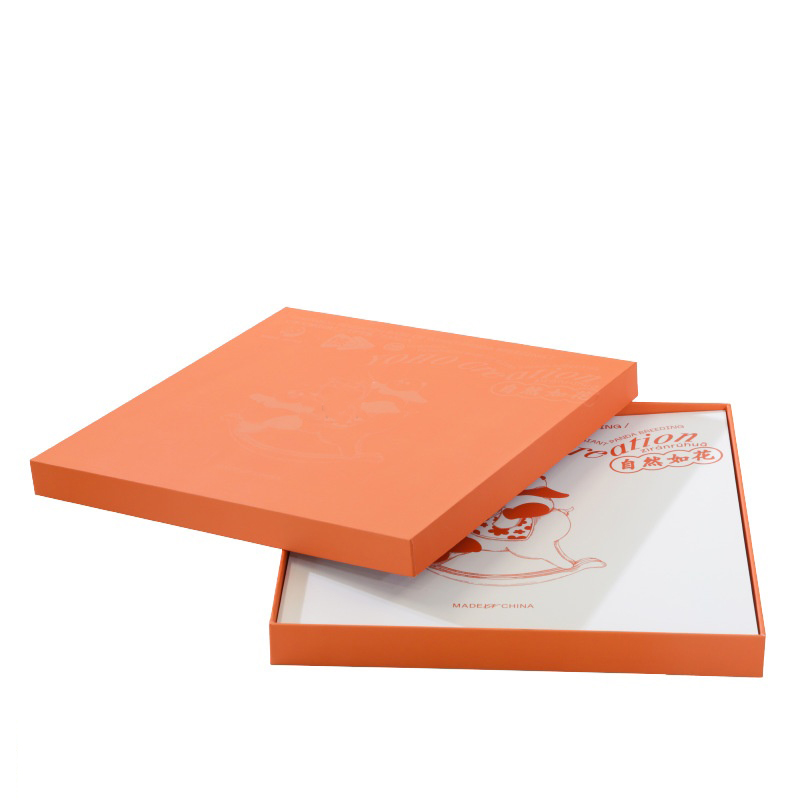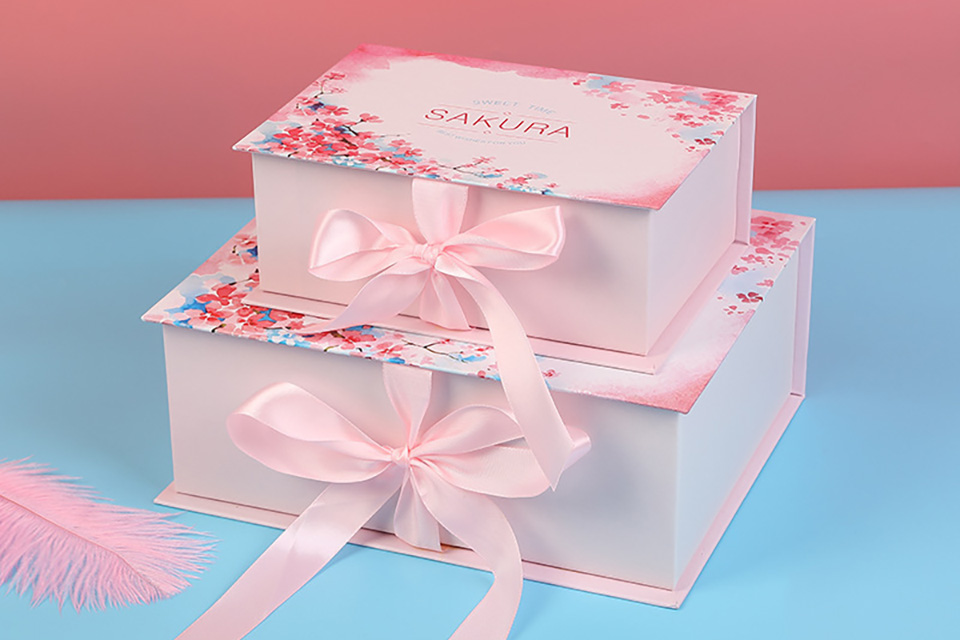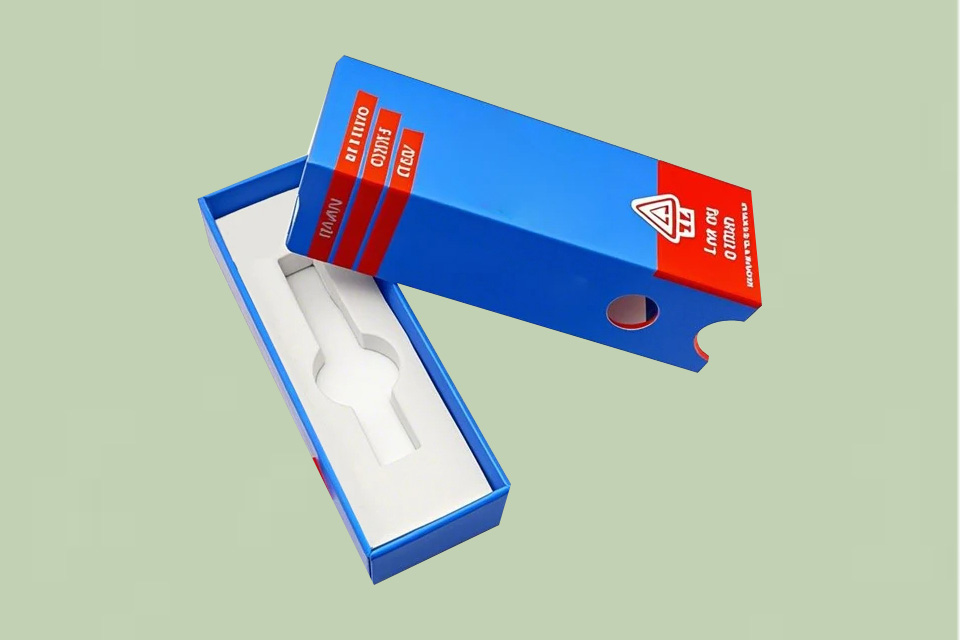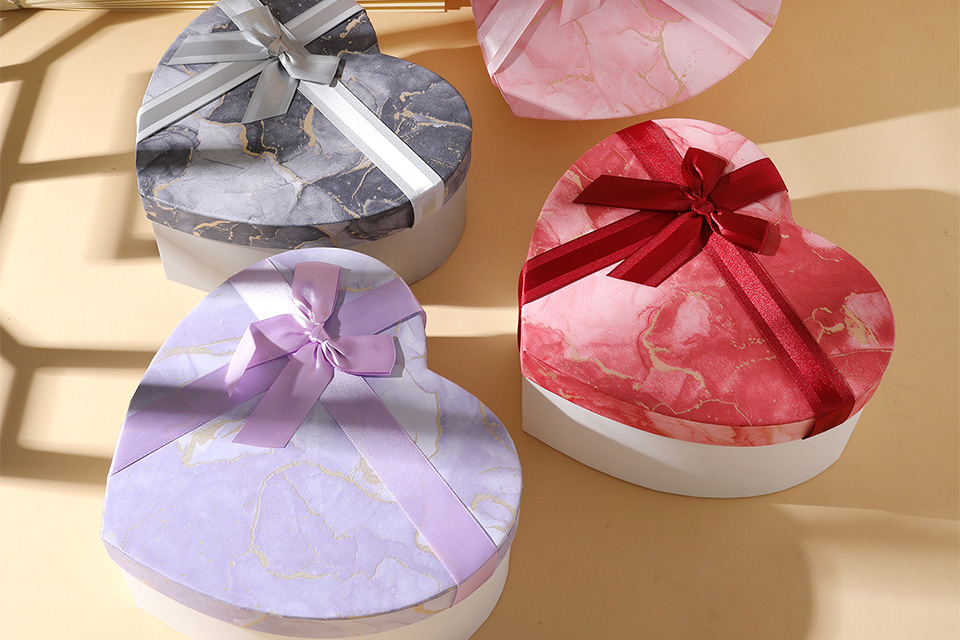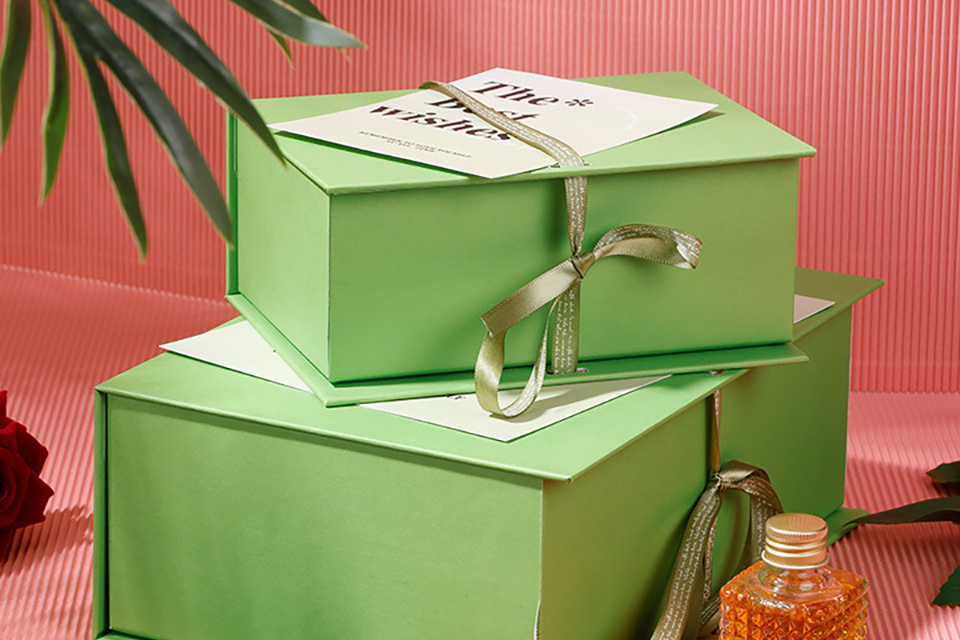Abstract
In the era of consumer upgrades, clothing packaging boxes have evolved from mere product protection tools to important carriers of brand value output. This article systematically analyses how to create packaging solutions that combine practical value and marketing effectiveness through scientific selection and creative design, from three dimensions: structural functionality, material environmental friendliness, and design communicability. It also introduces the innovative concept of “sustainable packaging lifecycle management” for the first time, providing clothing enterprises with feasible packaging upgrade paths.

1. Structural Selection: Packaging Framework Matching Product Characteristics
The structure of clothing packaging boxes directly affects storage efficiency, transportation safety, and user experience. Choosing an appropriate structure based on the characteristics of clothing categories can reduce logistics losses by 30% and enhance unboxing pleasure by 50%.
1.1 Basic Structure Types and Application Scenarios
Drawer-style layered structure: Utilising a sliding double-layer design, suitable for high-end garments that require wrinkle prevention, such as suits and dresses. The Italian luxury brand Brunello Cucinelli employs this structure to store cashmere coats and accessories separately, reducing return rates by 18%.
Modular collapsible boxes: Achieving three-dimensional formation through pre-folded design, saving 85% of storage space. A certain brand series uses collapsible boxes, increasing the loading capacity per box by three times.
1.2 Innovative Structural Trends
Variable-form structures: Such as the Japan Packaging Association’s 2024 Gold Award-winning “Origami Box”, which utilises origami mechanics to transform the box from a flat surface to a cube, accommodating different sizes of mixed clothing needs.
Interactive opening structures: Gucci’s Spring/Summer 2024 collection employs a magnetic flip-top and hidden clasp design, simulating the ceremonial experience of opening a treasure chest, with unboxing videos on social media exceeding 200 million views.
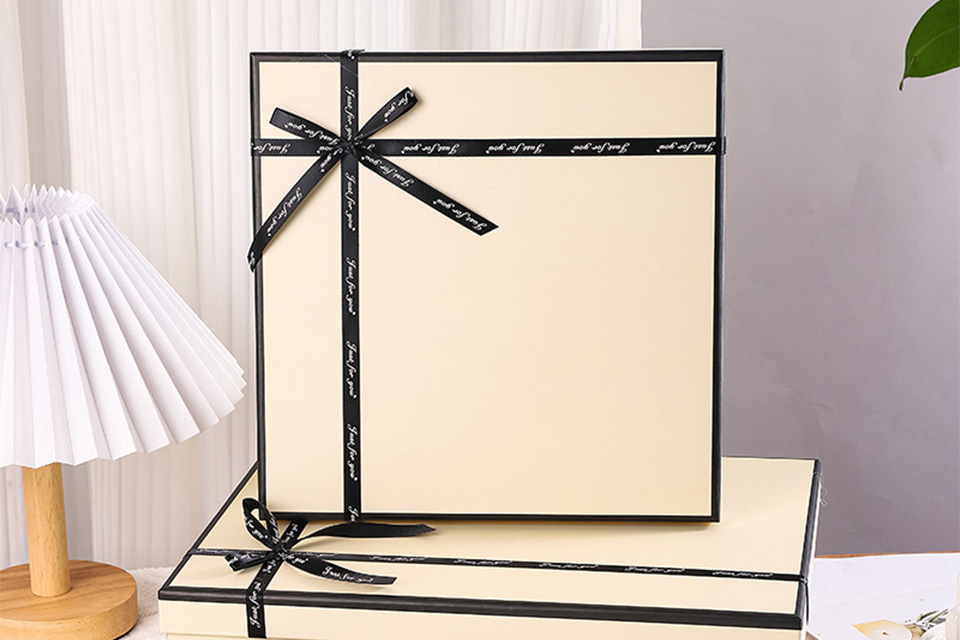
2. Material Evolution: A Dual Revolution of Environmental Friendliness and Quality
The choice of packaging materials must balance protection, cost, and environmental requirements. Data from the Global Textile Packaging Alliance (GTPA) indicates that using sustainable materials can enhance a brand’s premium pricing ability by 22%.
2.1 Traditional Material Performance Matrix
| Material Type | Compressive Strength (kg/cm²) | Moisture Permeability (g/m²·24h) | Cost Index |
| White Card (350g) | 18.5 | 12.3 | ★★ |
| Grey Board (1.5mm) | 26.8 | 8.9 | ★★★ |
| Corrugated Paper (BC Double Flute) | 42.7 | 5.2 | ★ |
| Pearl Paper (250g) | 14.2 | 15.6 | ★★★★ |
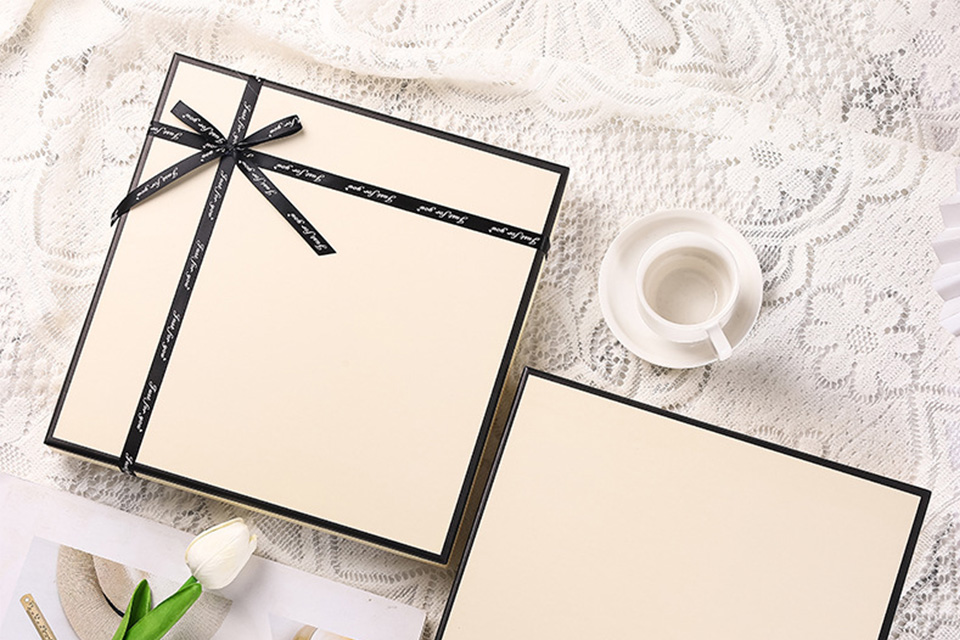
2.2 Innovative Applications of Eco-friendly Materials
Mycelium composite materials: Mushroom-based packaging materials developed by the American company Ecovative, which decompose naturally in 28 days and have better impact resistance than EPS foam.
Graphene-coated paper: A nano-coating technology developed by a team from the Chinese Academy of Sciences, giving paper antibacterial and moisture-proof functions, particularly suitable for maternal and infant clothing packaging.
Recyclable PP woven bags: Packaging specifically for rental services launched by the Swedish brand H&M, with each bag capable of being reused over 50 times, reducing carbon footprint by 76%.
3. Design Principles: Building Brand Visual Attraction
Excellent packaging design can enhance brand recognition by 35 times. Through colour psychology, information layering, and touchpoint design, an immersive brand experience can be created.
3.1 Golden Formula of Visual Communication
Brand Recall = Colour Recognition × Graphic Symbolism × Touchpoint Surprise
Minimalist Colour Scheme: Muji employs primary colour kraft paper and monochrome printing to reinforce the “natural living” brand concept through restrained colour use.
Dynamic Graphic Coding: Nike’s 2024 Olympic series packaging incorporates AR-triggered patterns, allowing users to scan with their phones to watch athletes’ training stories, resulting in a 190% increase in user engagement time.
Multi-Sensory Collaborative Design: Chanel’s haute couture packaging features silk-lined paper and includes a bespoke light fragrance, creating a multi-dimensional sensory memory during the unboxing process.
3.2 Sustainable Packaging Narrative Design
Carbon Footprint Visualisation: Allbirds shoe boxes label material sources and production energy consumption data to build trust through information transparency.
Secondary Creation Guidance: Disney children’s clothing packaging boxes come with preset DIY fold lines, allowing transformation into creative items like toy houses, extending the packaging lifecycle.

4. Innovative Argument: Sustainable Packaging Lifecycle Management
Breaking through traditional packaging design thinking, a comprehensive lifecycle management system from raw material acquisition to end-of-life recycling is established to achieve a win-win situation for environmental benefits and commercial value.
4.1 Closed-Loop Ecosystem Construction
Raw Material Traceability System: Blockchain technology is used to record the entire process of planting and processing renewable materials such as bamboo fibre, exemplified by Jiangnan Buyi’s “Traceable Packaging Programme.”
Smart Recycling Incentives: Packaging boxes embedded with NFC chips automatically issue brand vouchers upon being deposited in recycling stations; currently, ZARA’s pilot project has achieved a 61% recycling rate.
4.2 Economic Benefit Evidence
H&M Group’s 2024 report shows that after fully implementing packaging lifecycle management:
- Logistics packaging costs decreased by 23%
- Customer repurchase rates increased by 17%
- ESG ratings surged to the top 5% in the industry
Conclusion
The customisation of clothing packaging boxes has entered a new phase of “Function × Aesthetics × Responsibility.” Companies need to establish a structured selection model, daring to break through in the application of eco-friendly materials, and convey brand value through narrative design. It is advisable to prioritise collaboration with packaging suppliers certified by FSC, leveraging their mature sustainable packaging solutions for rapid brand upgrades. In the future, those who can transform packaging into a medium for dialogue with consumers will gain a competitive edge in retail transformation.


